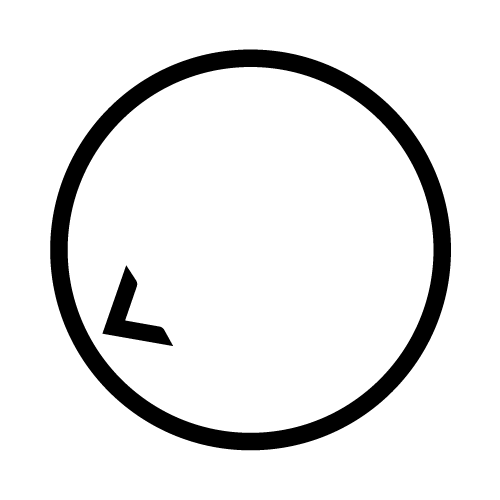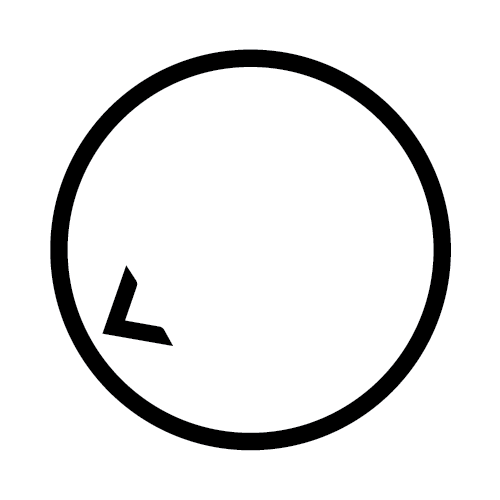
3D Animators: Optimising for Mobile Platforms
The mobile gaming and augmented reality (AR) landscape in South Africa is rapidly evolving, spurred by increasing smartphone penetration, improved connectivity, and a dynamic community of developers. For 3D animators working within this market, optimising animations for mobile platforms is not only a technical necessity but a vital step to ensure that their work delivers a smooth, immersive experience for users across a wide range of devices.
This blog explores the best practices and innovative techniques South African 3D animators employ to tackle the unique challenges of mobile hardware, balancing visual quality with performance, and testing for compatibility in a diverse device ecosystem.
Understanding Mobile Hardware Limitations
South Africa’s smartphone market is diverse, with mid-range devices making up a significant portion of users’ mobile technology. Samsung commands over half of the market share at 52.3%, followed by Apple at nearly 16%, and Huawei at just over 11%.
These devices often come with processors that, while capable, are not designed to handle the intense computational demands of complex 3D animations. Many have limited RAM and GPU power, factors that directly affect rendering speeds, frame rates, and battery consumption. For 3D animators, this means working within tight constraints: animations must be optimised to avoid lag, overheating, or excessive battery drain, without sacrificing the immersive quality users expect.
As a result, understanding the exact hardware specifications typical of South African smartphones is crucial for 3D animators aiming to create efficient and engaging animations that cater to the broadest audience possible.
Efficient Polygon and Mesh Management
One of the foundational techniques used by South African 3D animators to address hardware limitations is effective polygon and mesh management. The complexity of a 3D model — often measured by its polygon count — can heavily impact rendering performance.
To this end, 3D animators adopt advanced polygon reduction methods that simplify models without visibly degrading quality. Using tools integrated within development environments, they decimate mesh complexity strategically, retaining critical visual features while trimming excess detail.
Moreover, 3D animators in South Africa leverage Level of Detail (LOD) systems to swap out high-polygon models for simpler ones as objects move farther from the camera. This dynamic adjustment helps maintain smooth frame rates, particularly on entry-level devices that dominate the market.
Texture Compression and Optimisation
Textures are another critical element in mobile 3D animation optimisation. High-resolution textures can consume significant amounts of memory, resulting in slow loading times and stuttering animations.
South African 3D animators commonly apply texture compression formats tailored to mobile platforms, such as ASTC for iOS and ETC2 for Android, which significantly reduce file sizes while preserving image clarity. They also use texture atlasing—combining multiple textures into one sheet—to cut down on draw calls, enhancing rendering efficiency.
These texture optimisation strategies are especially important in South Africa, where many users rely on devices with limited RAM and slower data connections, making efficient resource usage paramount.
Use of Level of Detail (LOD) Techniques
Implementing LOD techniques is central to the workflow of many South African 3D animators. By creating several versions of a model, each with decreasing detail, animators can ensure the device only renders the appropriate level of detail based on the object’s proximity to the camera or the device’s performance capabilities.
The use of LOD not only improves frame rates but also conserves battery life, a critical factor for mobile users. South African developers often utilise tools that automate LOD management, enabling seamless transitions between detail levels without distracting the user or degrading visual quality.
Real-Time Rendering Challenges on Mobile
Rendering 3D animations in real-time on mobile devices brings additional challenges that South African 3D animators must carefully navigate. Mobile GPUs have less processing power compared to desktop GPUs, which restricts the complexity of shaders and lighting effects that can be used.
To address this, South African 3D animators streamline shaders by simplifying lighting models, avoiding heavy real-time shadows, and applying baked lighting where possible. Techniques such as occlusion culling (not rendering objects obscured from view) and frustum culling (excluding objects outside the camera’s field) are also integral to boosting rendering efficiency.
Overcoming these bottlenecks ensures that animations run smoothly even on budget devices, which constitute a large part of the South African mobile market.
Testing Across Diverse South African Mobile Devices
South Africa’s mobile market is highly fragmented, with users accessing applications on a wide spectrum of devices from flagship models to entry-level smartphones. This diversity necessitates comprehensive testing protocols from 3D animators to guarantee compatibility and consistent performance.
Developers often combine cloud-based testing platforms with real-device testing to evaluate how animations behave across different hardware specifications and operating system versions. The recent rollout of 5G networks in major South African cities adds a new dimension to testing, as higher data speeds enable more complex real-time animations and streaming possibilities.
Thorough testing ensures that animations not only look good but also deliver stable performance, essential for user retention and satisfaction.
Conclusion
For South African animators, optimising 3D animations for mobile platforms involves a careful blend of technical knowledge and creative problem-solving. By understanding mobile hardware limitations 3D animators can create rich, high-performance animations that enhance the mobile experience.
At Oliver Karstel Creative Agency, we pride ourselves on combining technical excellence with creative innovation to deliver optimised 3D animation solutions tailored specifically for mobile platforms. If you’re looking to elevate your mobile projects with cutting-edge 3D animation, contact us.






